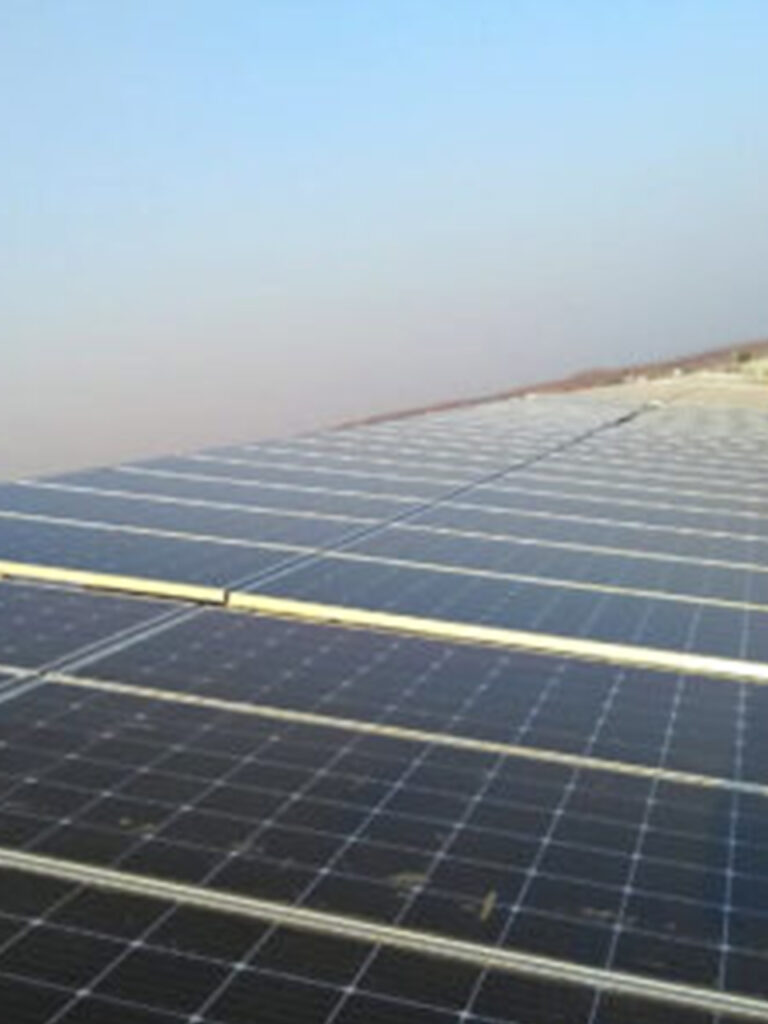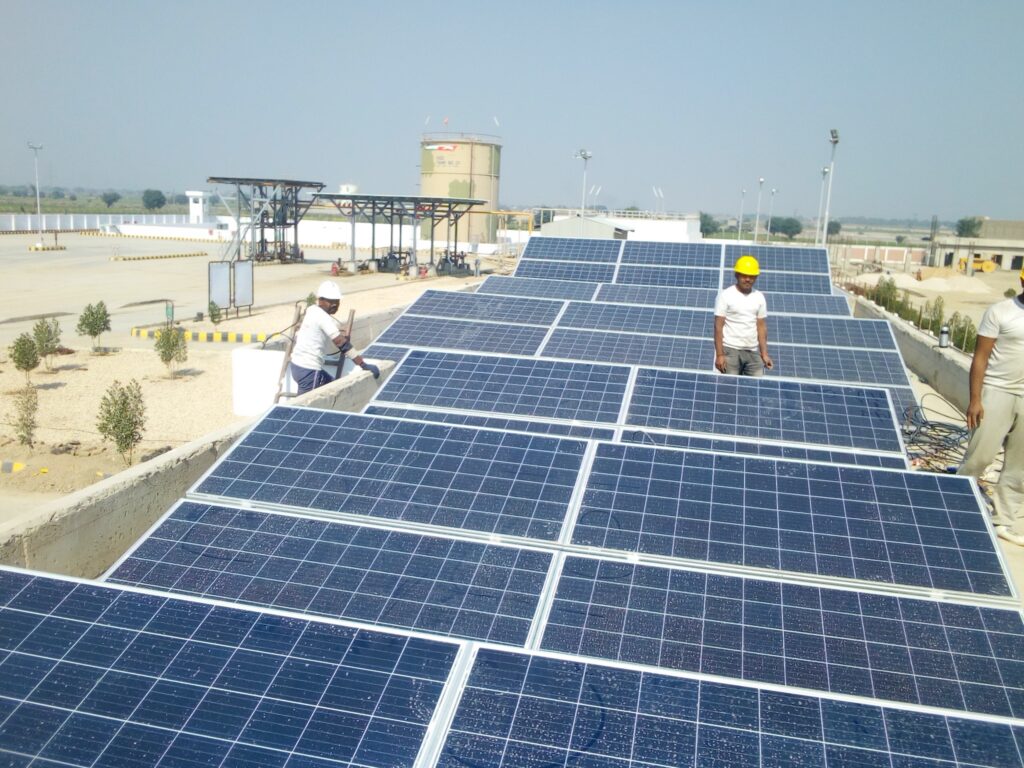Solar Energy Plate Overview


- Target Analysis
- Budget Friendly
- Flexible Tools
The target analysis for solar energy plates would depend on the specific goals and objectives of the project. However, some factors that may be considered in a target analysis include:
Geographic location: The amount of sunlight that a solar panel can capture varies depending on the geographic location. Areas with more sunlight will generate more electricity, so the target analysis should consider the location and climate of the installation site.
Available space: The amount of space available for the installation of solar panels will impact the target analysis. The size and number of solar panels will depend on the available space, and the target analysis should consider the area available for installation.
Energy needs: The target analysis should consider the energy needs of the home or business that will be using the solar panels. The number of solar panels needed will depend on the energy requirements of the building and the available space for installation.
Budget: The cost of solar panels can vary depending on the size, efficiency, and other factors. The target analysis should consider the available budget for the project and determine the most cost-effective solution.
Return on investment: The target analysis should consider the expected return on investment (ROI) for the project. The ROI will depend on factors such as the cost of the solar panels, energy savings, and available incentives or tax credits.
Overall, the target analysis for solar energy plates should consider a range of factors, including location, available space, energy needs, budget, and ROI, to determine the most effective and efficient solution for the specific project.
There are several ways to make solar energy plates more budget-friendly:
Take advantage of incentives: There are often government incentives and tax credits available for installing solar panels, which can help offset the upfront costs. Research available incentives and tax credits in your area and take advantage of them.
Choose a cost-effective system: There are many different types of solar panels, and some are more cost-effective than others. Consider factors such as efficiency, durability, and maintenance costs when choosing a system.
Consider leasing or financing options: Many solar panel companies offer leasing or financing options that can help make solar energy more affordable. These options allow homeowners or businesses to pay for the solar panels over time, rather than paying the full cost upfront.
Use energy-efficient appliances: Using energy-efficient appliances can reduce the amount of energy needed from the solar panels, which can reduce the overall system cost.
Install the panels yourself: While this may not be an option for everyone, installing the panels yourself can save on installation costs. However, it is important to ensure that the installation is done correctly and safely to avoid any issues.
Overall, solar energy plates can be made more budget-friendly by taking advantage of available incentives, choosing a cost-effective system, using energy-efficient appliances, and considering leasing or financing options.
There are several flexible tools related to solar energy plates that can be useful for both individuals and businesses interested in adopting solar energy:
Solar panel calculators: These tools can help estimate the number of solar panels needed based on energy consumption, location, and other factors. They can be useful for determining the size and scope of a solar panel installation project.
Solar panel monitoring software: This software allows users to monitor the performance of their solar panel system and track energy generation and consumption in real-time. It can be useful for identifying any issues with the system and optimizing energy production.
Virtual design tools: These tools allow users to create virtual models of solar panel installations to visualize the design and placement of the panels before installation. This can help ensure that the installation is done correctly and efficiently.
Solar panel apps: There are several apps available for mobile devices that can provide information on solar panel performance, energy production, and weather conditions. These apps can be useful for monitoring and optimizing solar panel systems.
Energy storage solutions: Energy storage systems, such as batteries, can be used to store excess energy generated by solar panels for use during periods of low sunlight or during power outages. These solutions can help maximize energy production and reduce reliance on the grid.
Overall, there are several flexible tools related to solar energy plates that can be useful for individuals and businesses interested in adopting solar energy. These tools can help with designing, monitoring, and optimizing solar panel systems, as well as maximizing energy production and reducing reliance on the grid.

